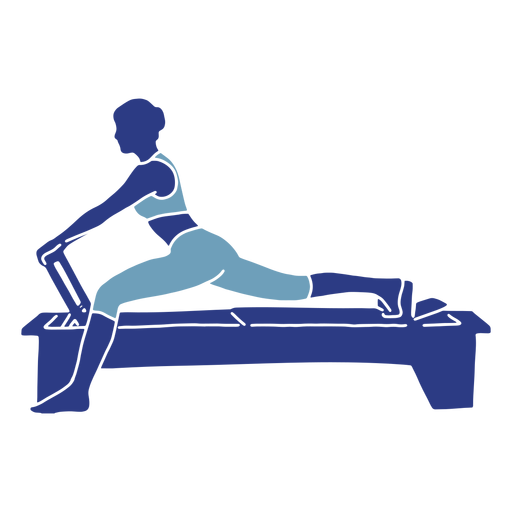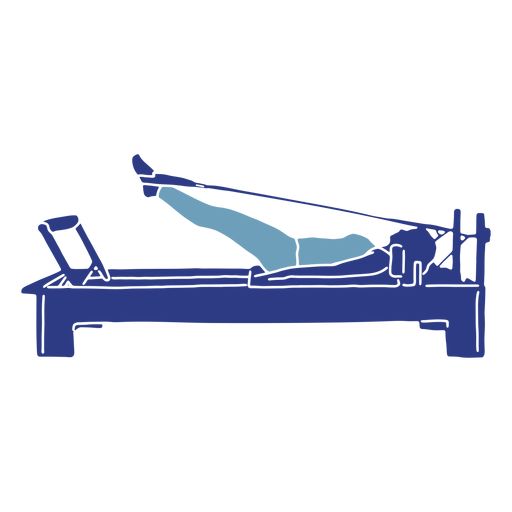Pilates is a type of exercise that brings awareness to the body and improves mobility and strength. Repetitive movements are coordinated with the breath to help centre the body. The focus on the breath with movement brings an element of mindfulness to movement and a flow.
Mat Pilates is performed on the floor and requires little to no equipment so that these can easily be practiced at home. These can be taught to do in your own home.
Reformer Pilates uses a specialised piece of exercise equipment that looks like a bed; there is a moving section called a carriage which attaches to springs. The springs vary in level of resistance and you can lay, kneel, sit or even stand on the carriage and perform movements using the springs to provide resistance to the movement.


For people with neurological conditions Pilates is one type of exercise that can have benefit.
The reformer can be useful to train strength in the muscles of the trunk and legs for walking and standing when it is too difficult to perform exercises in standing. For example: somebody with difficulty squatting or performing a single heel raise in standing may able to achieve this on a reformer against resistance. Specific exercises can target functional movements that may replicate part-practice of a task and build capacity towards being able to perform tasks in standing.
Transitions Physiotherapy has a therapy room with a reformer and other small exercise equipment located in Hillarys. This space would suit people who are able to walk and negotiate 2 steps.
